VIDEO: See inside Belfast's nearly-finished new Yorkgate Train Station which is just weeks from completion
and live on Freeview channel 276
News reporters were given a tour around the building site that is York Street Train Station (commonly known as Yorkgate) on Wednesday.
It is one of the city's three main train stations alongside Lanyon Place (Central Station) and Grand Central Station (Great Victoria Street).
Advertisement
Hide AdAdvertisement
Hide AdThe plan is to have the new station finished sometime in late April, with demolition of the old station taking place the following month.
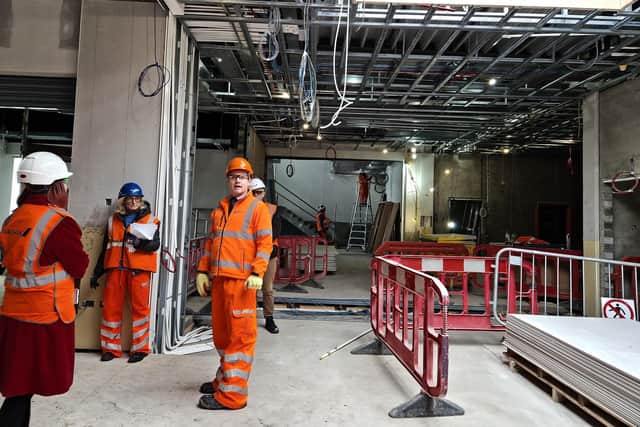

Meanwhile trains are continuing to stop at the station ahead of the completion of the new station building.
The old station dated back to the early 1990s and was far, far smaller inside.
The hill outside had become a hangout for junkies and alcoholics who sometimes slept in the bushes.
Advertisement
Hide AdAdvertisement
Hide AdBuilding the new station has meant the removal of much of the hill upon which the old one stood.
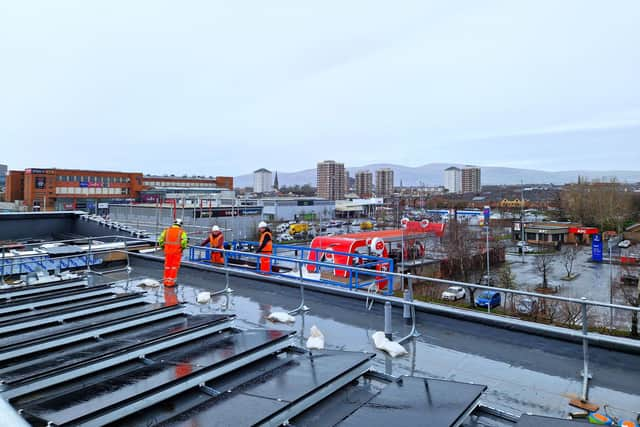

Yorkgate sits on the inner edge of north Belfast, next to loyalist Tiger’s Bay and republican New Lodge, and almost opposite the Cityside cinema-and-shopping complex.
It is also near to Sailortown, the docks, and is the main station serving the huge number of new student accommodation blocks which have sprung up in recent years around the Belfast Ulster University campus.
Translink CEO Chris Conway said that the project is “more or less on budget” – which had initially been earmarked as £10m – but would not be drawn on how much they had overspent.
Advertisement
Hide AdAdvertisement
Hide Ad"Is it like Casement Park?” joked one reporter, referring to the west Belfast GAA stadium, the cost of which has exploded in recent years.
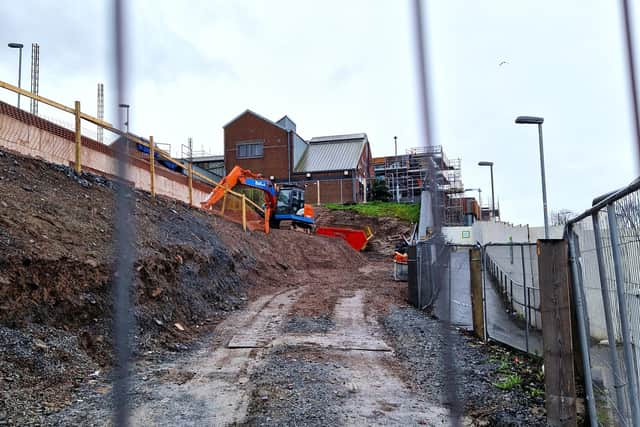

"No – it won’t be anything like that,” said Mr Conway.
He says the station currently caters for about 500,000 passenger journeys per year, and he expects this to increase.
"Yorkgate station is a very old station, not very accessible to the local community.
"What we want to do is put in a modern, accessible station – and a sustainable station as well.
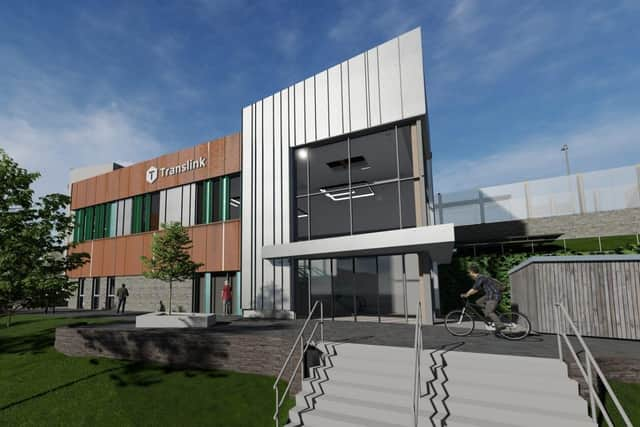

Advertisement
Hide AdAdvertisement
Hide Ad"It’s a brand new station. You enter it at ground level; the old station had ramps up to it. It was on a hill basically.
"There’s about a half-million passengers per year use this station already, and we’re already seeing an increase in that with the new Ulster University Belfast campus and some of the regeneration that’s already started to happen around the area.
"We think this new station will add to that.”
In November, Translink had held a similar open day for reporters at the under-construction Grand Central Station.
It is a much bigger project than the Yorkgate revamp, and involves building a giant new station on a derelict railyard in the city centre a couple of hundred yards away from the current station (which is called Great Victoria Street, and which Grand Central will ultimately replace).
Advertisement
Hide AdAdvertisement
Hide AdBut beyond the revamp of these two big stations, something far larger is afoot: a plan to drastically expand rail transport across the whole island of Ireland.
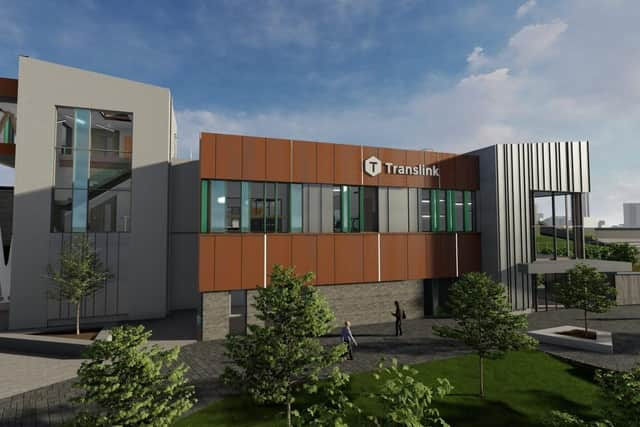

It comes in the form of something called the All Island Strategic Rail Review – a kind of joint plan between the two governments on how the railways should be run in the decades ahead.
It is still being worked on so has not been formally adopted as policy, but among the things it envisages are a new rail line linking Portadown, Dungannon, Omagh, Strabane and Londonderry with trains travelling at up to 200kmph (124mph), far faster than any which currently operate in Northern Ireland, where the maximum speed is currently 90mph.
This would make for a quicker route between Dublin and Londonderry.
Advertisement
Hide AdAdvertisement
Hide AdThere is also a proposed new line linking Armagh City with Mullingar, though it is unlikely to be so fast.
These new lines, plus a new direct Lisburn-Newry one, would all be part of a general upgrade of Ireland’s railways, with the aim of making sure “core inter-city” services had top speeds of 125mph with "regional and rural” lines being at least 75mph.
The report considered “a new, fully segregated, 300 km/h (186mph) high speed rail network, but “the benefits of delivering this network would be significantly outweighed by the costs”.
New railways west of the Bann 'would help people feel part of Northern Ireland' says one campaigner while another adds that speeds of 120mph are far from 'edgy'
Advertisement
Hide AdAdvertisement
Hide AdAsked if he feels a 124mph line connecting Portadown and Londonderry is feasible, Mr Conway indicated that is actually about the speed you would expect on any newly-built railway these days.
“All new rail investment would be for electrification, and the standard for that would be about 125mph in terms of the capability,” he said.
"Obviously, the route the line takes, the infrastructure that can be put in – depending on lots of different surveys that still have to be done – will determine the final line speed overall, because there could be crossings, halts, stops, and that’ll all take effect on what the journey time is.
"But, overall, that’d be the standard for any new build on a railway.”